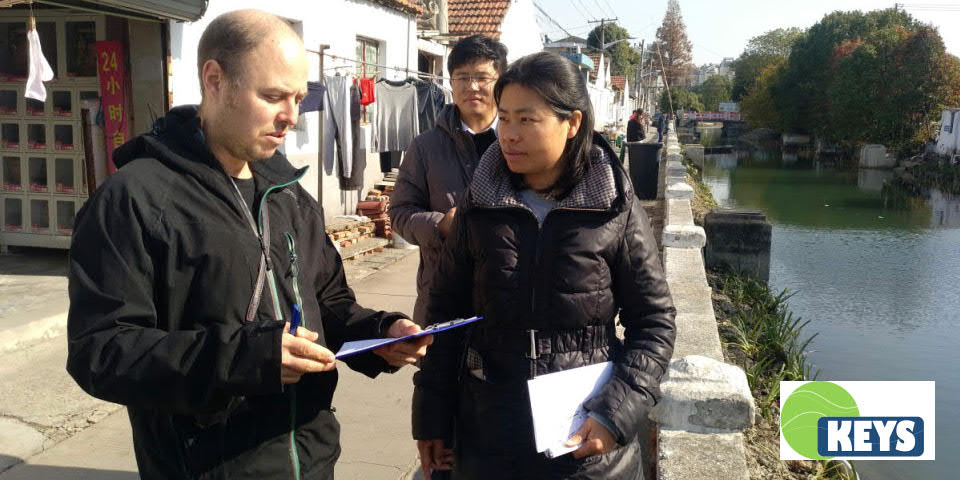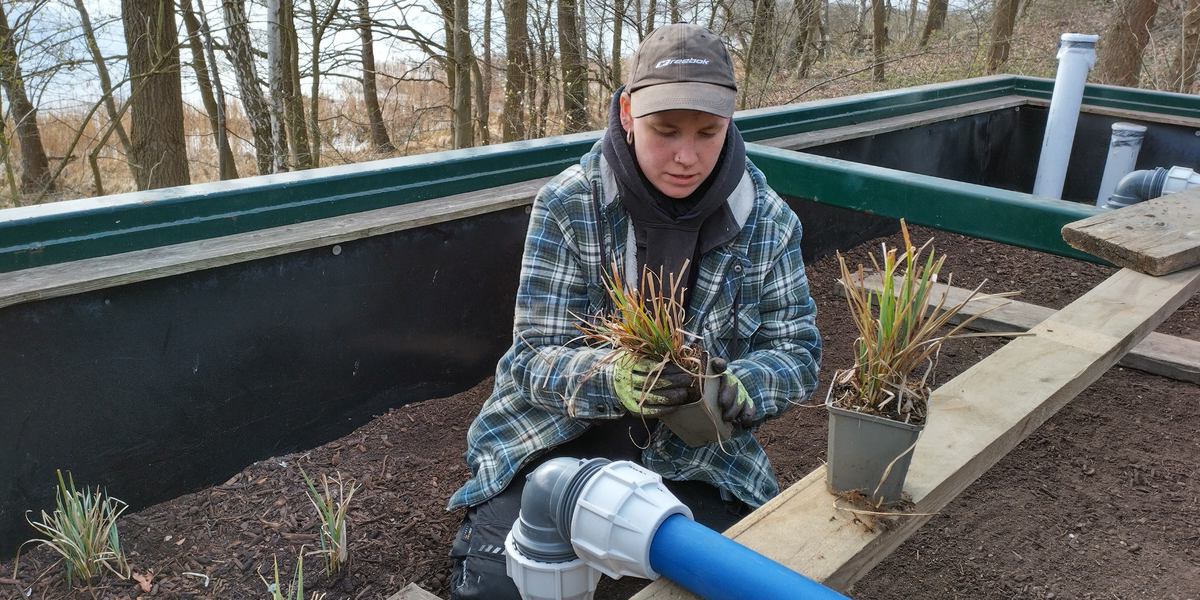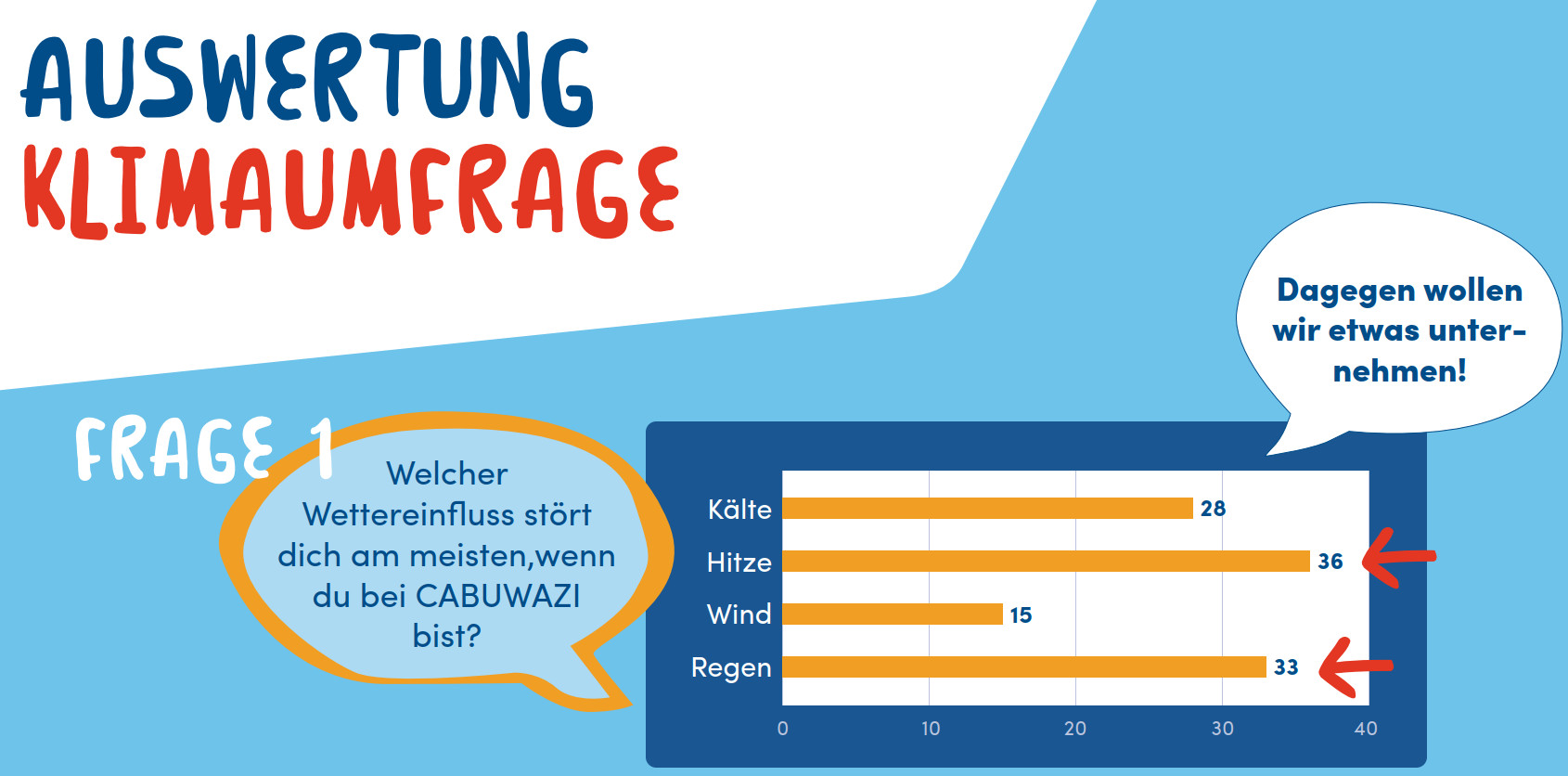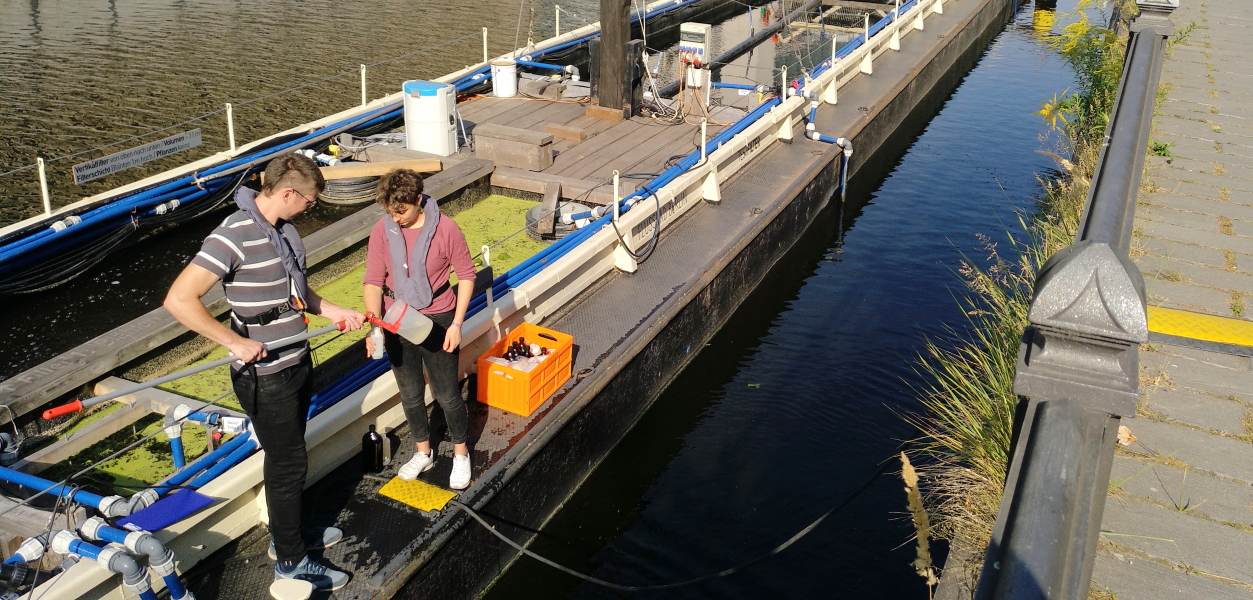

Mobile TOC measuring station for process optimization
Design recommendation for combining nature based and technical solutions
Retention soil filters for urban waters in China
Thousands of canals run through the cities in China. In the shallow estuaries of the major rivers, they have traditionally served as traffic routes navigable by barges. With rapid and extremely dense development, the drainage of water became increasingly important. However, this was accompanied by ever-increasing pollution. Hydraulically overloaded sewers and high material loads in rainwater runoff today lead to excessive pollution of surface waters. This has a bad effect on their oxygen balance, which leads to serious odour nuisance, especially in the warm season.
Since the government declared the remediation of these waters to be a central task for all municipalities, many technologies have been tested. In most cases, however, success has not been achieved. Obviously, the problem could not be solved by internal measures in the waters alone. In two cases, retention soil filters were now used, which are suitable for the short-term absorption of high hydraulic loads from the combined sewer and stormwater system and thus for treatment before overflowing into the sewer.
Within the framework of the BMBF-funded KEYS joint project entitled “Pioneering technologies for the sustainable management of urban watersheds as a key factor for the successful implementation of the “sponge city” concept”, the effect of these systems is to be demonstrated and investigated in parallel. Retention soil filters were developed in Germany and represent the key technology in this country for both centralised and decentralised treatment of rainwater and combined sewer overflows.
The engineers of AKUT, who have been working in China as consultants for 10 years, are aware that German technology cannot always be transferred one to one abroad. In particular, the data basis for optimal dimensioning is often missing there. In cooperation with the project partners, the prerequisites are now being created. During our visit in December 2019, the sampling locations for the planned measurement campaigns in 2020 were examined and operational data were obtained. The installation of online probes and rain recorders was prepared.
The two demonstration sites, each with 3 000 m² retention filter area, are located in Suzhou, Jiangsu Province. While the first retention soil filter at the Zhujing Channel has been in operation since 2018, the second filter at the Hongshuanglou Channel was not completed until winter 2019.
In contrast to the more water-rich regions, these soil filters will also be used in arid climates such as Beijing. A multifunctional use of the soil filters is being tested for this purpose. This means that in dry weather, the available filter area will be used for direct treatment of surface water. This protects the plant filters from drying out and simultaneously leads to an increased cleaning effect.
The joint project is led by the Institute for Sanitary Engineering of the Leibniz University of Hannover (ISAH) and funded by the Federal Ministry of Education and Research for 3 years within the framework of the funding measure “CLIENT II – International Partnerships for Sustainable Innovations”.
Photo: Till Ermisch (AKUT) interviews Ying ZHANG from Suzhou DeHua Eco Technology Ltd. about the discharge points at the restored Hongshuanglou Channel.
Presentation: IE expo China 2021
Brochure: KEYS Show Cases 2022


